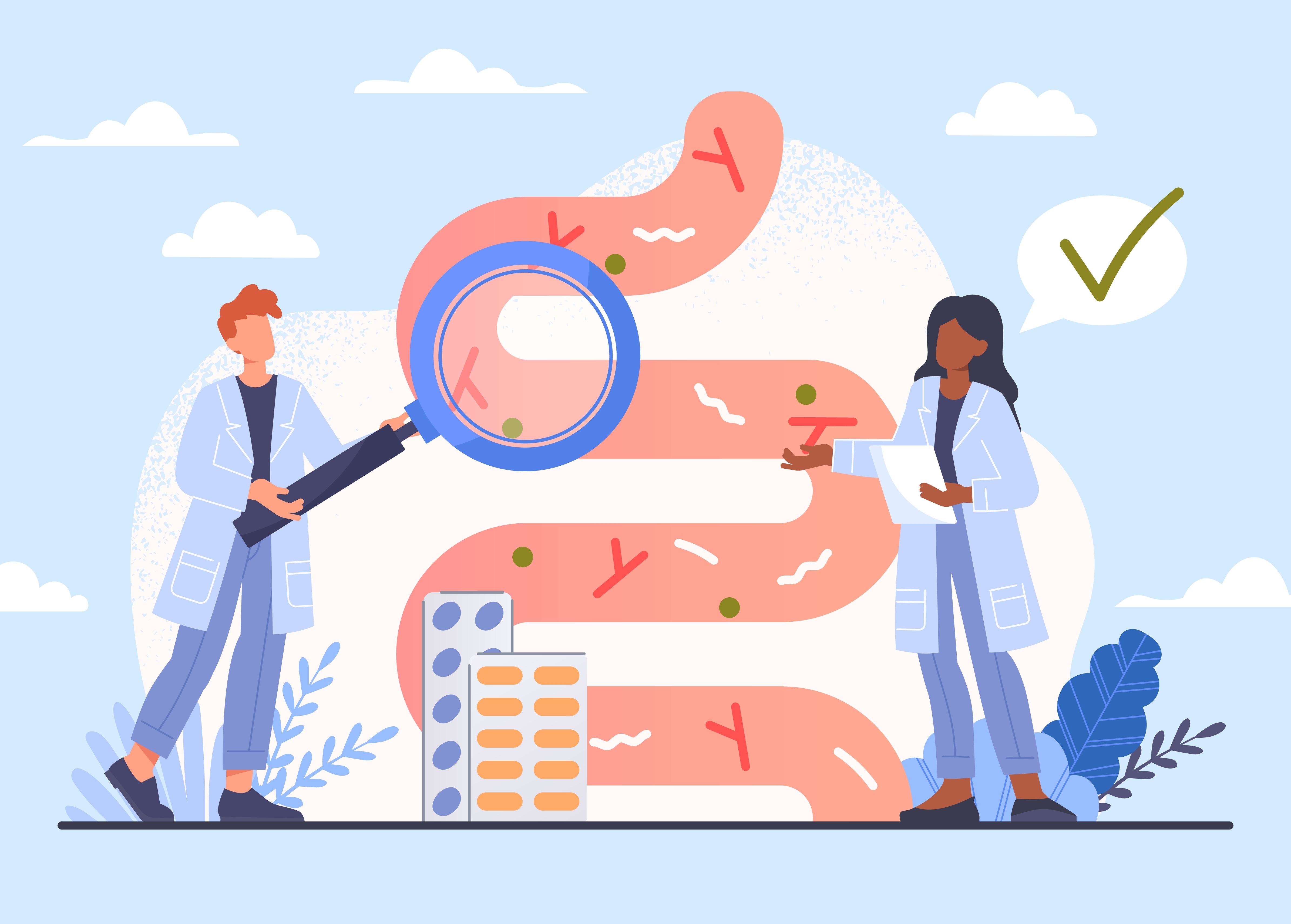
The first living things on this planet were bacteria. And they didn’t go anywhere. Experts from microbiome laboratories and all life evolved in the presence of bacteria, and bacteria are still part of all living things. Or as microbial ecologist María Gloria Domínguez-Bello puts it, “Bacteria are the center of all life.”
This means that you and I are walking communities of bacteria. We tend to think of bacteria as harmful, and some certainly are, but most are either neutral or beneficial, and many are essential. Bacteria help with digestion, produce vitamins, and even protect us from dangerous germs, including some viruses.
There is also growing evidence that a healthy and balanced microbiome protects against obesity, diabetes and many other common chronic diseases.
Antibiotics and microbiomes/Why we need microbiome labs
Yet for generations we have recklessly used antibiotics, both in medicine and in agriculture, to wage war on bacteria. In an effort to prevent damage from the harmful few, we have bombarded our microbiomes, killing the beneficial along with the harmful. By drastically reducing the diversity of our microbiomes, we have traded protection from infectious disease for increased levels of chronic disease.
The alarming thing about this loss of microbial diversity is that we don’t know exactly what we’re losing. We know that these communities of bacteria are critical to our health. But we still don’t know all the different types of bacteria that are in the microbiome, nor exactly what role many of these microbes play.
Read more: 5 things to help keep your microbiome healthy
Where are microbes found?Why we need microbiome labs ?
Developed countries are killing germs so fast and have been at it for so long that it may already be too late, but underdeveloped countries, while poor in money, are still rich in microbes. However, this may not be the case for long.
The world is rapidly urbanizing. According to World Health Organization, more than half of the world’s population lives in urban areas; by 2050, this is expected to rise to almost 70 percent. Soon these microbes will be lost forever.
But a team led by Dominguez-Bello has a plan. They partner with local people in underdeveloped countries to collect, store and study microbial samples. However, Dominguez-Bello’s team does not travel the world to collect the samples themselves.
Read more: The microbiome affects sleep quality and vice versa
Microbiome testing
Collection of microbiological examination is performed on site. But they are working with local scientists (every nation in the world has at least one university) to help them understand more about the microbiome and the urgent need to preserve its diversity.
“We’re helping to educate a new generation that can create a local collection and do research,” says Dominguez-Bello.
Research
The team is also working to connect local scientists who have this microbial wealth with people who have the financial wealth to fund their research. Research is a key part of this plan. We know we’re rapidly losing microbial diversity, but we still don’t know what all those microbes are doing. Scientists need to understand exactly how they function if they want to reintroduce these missing microbes.
Read more: Scientists are racing to preserve biodiversity in our bodies
And reintroducing them by putting the missing microbes back where they should be is the ultimate goal. Dominguez-Bello envisions a future in which necessary doses of antibiotics will be followed by a replacement dose of the beneficial bacteria that are collateral damage.
In this hypothetical future, even bacteria that are already absent will be replaced. A doctor, she says, could tell a mother what microbes her baby is missing and restore them. “These will be real probiotics,” says Dominguez-Bello.
Microbiota Labs
Eventually, the team hopes to have backup storage for the samples. It will be called Repository for microbiota and is inspired by Seed storage, a secure seed storage facility to ensure the future of crop diversity. It will run something like a bank.
Any deposit will always belong to the depositors and only the depositors. Only they can remove these deposits. Additionally, they will still retain their local collections; Microbiota Vault will simply be a backup.
The Microbiota Vault Project
The only obligation on local teams would be to openly share any research they do on their collections, for example by putting the genomic data into freely accessible databases for the global community of researchers. The vault itself does not yet exist. However, feasibility study found the idea to be good. The problem now, Dominguez-Bello says, is where to put the vault.
“We want a country that has good infrastructure, is politically stable, protected from wars and political unrest,” she says.
Find a location
But unfortunately such a place is becoming increasingly difficult to find. The obvious location was somewhere in Europe.
“Who would have thought we would have a war in Europe?” says Dominguez-Bello.
Switzerland is still a likely candidate, perhaps Norway, she says. But they are also exploring other places, including Greenland and Patagonia. But following nature’s lead, they hope to build up a bit of excess and have two or maybe even three storage vaults.
The Microbiota Vault Initiative hopes to do what we have failed to do: preserve the microbial diversity of our own bodies.
Read more: The microbiome never ceases to amaze

